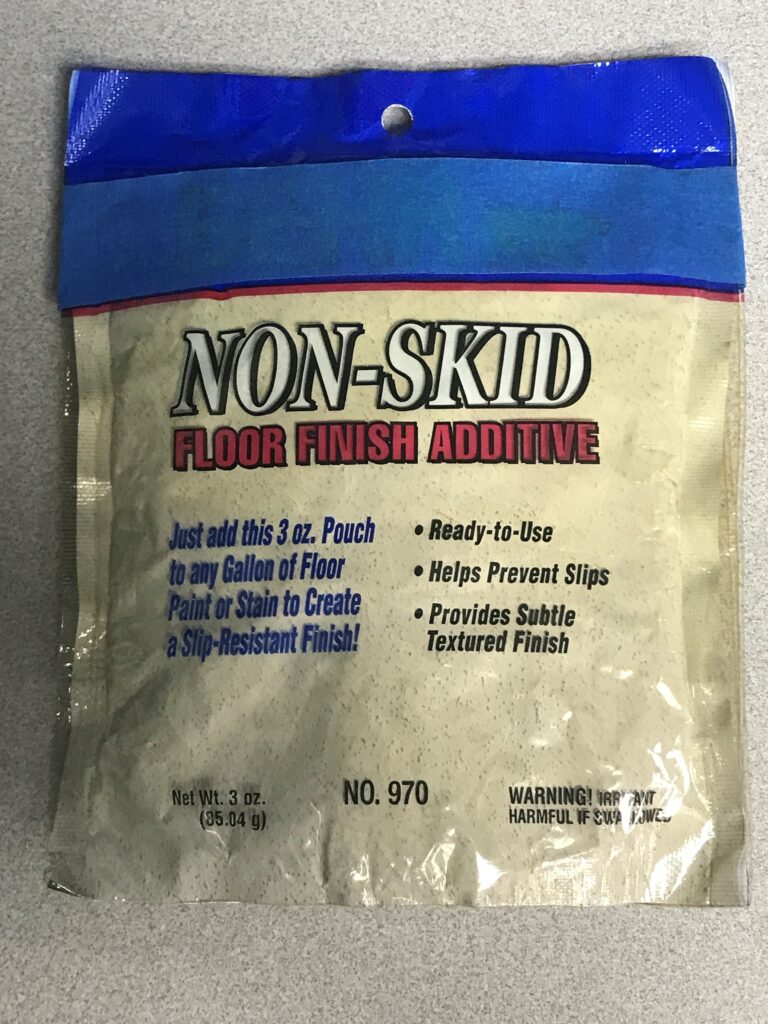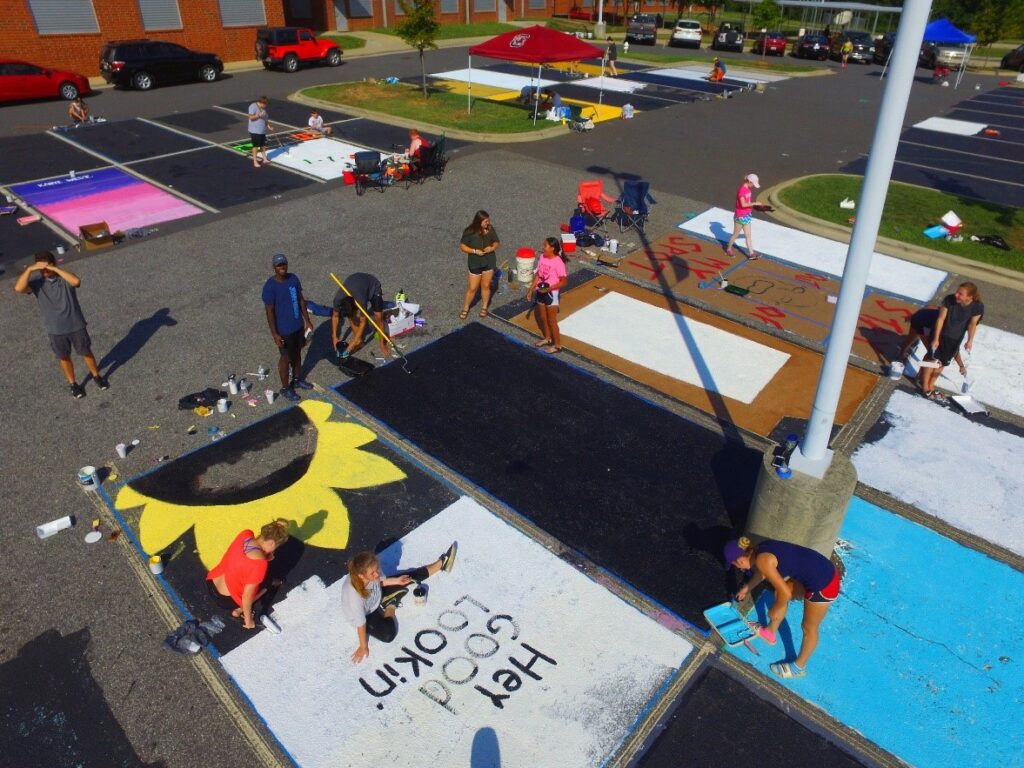As an experienced safety consultant, I am called on to investigate a wide range of premises liability incidents. One common premises liability incident that often results in serious injury is a fall on a painted walking surface.
Slip and fall accidents can be devastating, causing serious injuries and even death. To prevent these accidents, it is important to ensure that walking surfaces, including painted ones, are slip-resistant. In this article, we will discuss the various methods for treating painted walking surfaces to make them slip-resistant.
The type of paint used on a surface can have a major impact on its slip resistance. For example, untreated glossy paints can become slippery when wet, making them a potential hazard. On the other hand, paints that contain slip-resistant additives can provide a safer surface. When selecting a paint, it is important to consider the environment in which it will be used. For example, if the surface will be exposed to water or other liquids, a paint that is specifically designed to provide slip resistance in wet conditions should be used.
One of the most common methods for treating painted walking surfaces is to add slip-resistant additives to the paint. These additives can come in the form of particles, such as sand or silicone, that are added to the paint before it is applied. The added particles provide a rough texture to the surface, making it less likely to become slippery when wet. This method is particularly effective on concrete surfaces, which are commonly painted for decorative purposes.

Figure 2. Slip-resistant additives can be purchased in small volumes like this or in larger volumes for bigger paint jobs. The additives are generally not inexpensive and must be added to the paint in sufficient quantities and properly mixed, and applied to be effective.
ASTM Standard Practice for Safe Walking Surfaces F1637 is a nationally recognized consensus standard that has existed for over 25 years providing guidance to property owners and designers in the area of safe walking surfaces.
ASTM F1637-19 states:
5.1.3 Walkway surfaces shall be slip resistant under expected environmental conditions and use. Painted walkways shall contain an abrasive additive, cross cut grooving, texturing or other appropriate means to render the surface slip resistant where wet conditions may be foreseeable.
Another method for making painted walking surfaces slip-resistant is to use a non-slip coating. These coatings are applied to the surface after the paint has been applied, providing an extra layer of slip resistance. Non-slip coatings can be made from various materials, including silicone, epoxy, and polyurethane, and they can be customized to provide different levels of slip resistance. This method is ideal for surfaces that are exposed to moisture, such as bathrooms and kitchens, as the non-slip coating can help to prevent the buildup of slippery substances, such as soap and water.
No matter what paint or paint additive is explored for use on a walking surface, its particularly important to read the labels and instructions for the proper use and application. Many paints state specifically in their materials that this type paint is not recommended for use on horizontal, external or walking surfaces.
In addition to adding slip-resistant additives or applying a non-slip coating, it is also important to ensure that the painted surface is in good condition. Surfaces that are in good condition, with a uniform texture and no cracks or chips, are less likely to become slippery.
Another factor to consider when treating painted walking surfaces to be slip-resistant is the environment in which they will be used. For example, surfaces that are exposed to direct sunlight can become slippery due to the sun’s heat, while surfaces in damp environments can become slippery due to moisture buildup. When selecting a slip-resistant treatment, it is important to consider these environmental factors and to choose a treatment that is designed to provide slip resistance in the specific conditions in which it will be used.
There are no codes or standards that require painting of walking surfaces, however many are commonly painted for decorative purposes or to highlight something such as a curb or ramp. From a risk management perspective it would make sense to explore if there is a good reason to paint a particular walking surface or not. Many walking surfaces are unnecessarily painted and would be safer if left unpainted.
In conclusion, there are several methods for treating painted walking surfaces to make them slip-resistant, including adding slip-resistant additives to the paint, applying a non-slip coating, ensuring that the surface is in good condition, and considering the environment in which it will be used. By taking these steps, it is possible to reduce the risk of slip and fall accidents and ensure that surfaces are safe for everyone who uses them.
Steven Hunt, CPCU, ARM, CXLT is a senior safety consultant at Warren. Steve, who specializes in premises liability incidents, construction falls and safety management programs, has achieved the designation of Associate Risk Management and Chartered Property and Liability Underwriter from Insurance Institute of America, Chicago, IL. and is a Certified Excel Tribometerist. Steve has investigated more than 1,000 accidents in his more than 45 -year career, including 49 cases involving fatalities. He holds a Bachelor of Science in Administrative Management with a Minor in Occupational Safety and Health from Clemson University.




